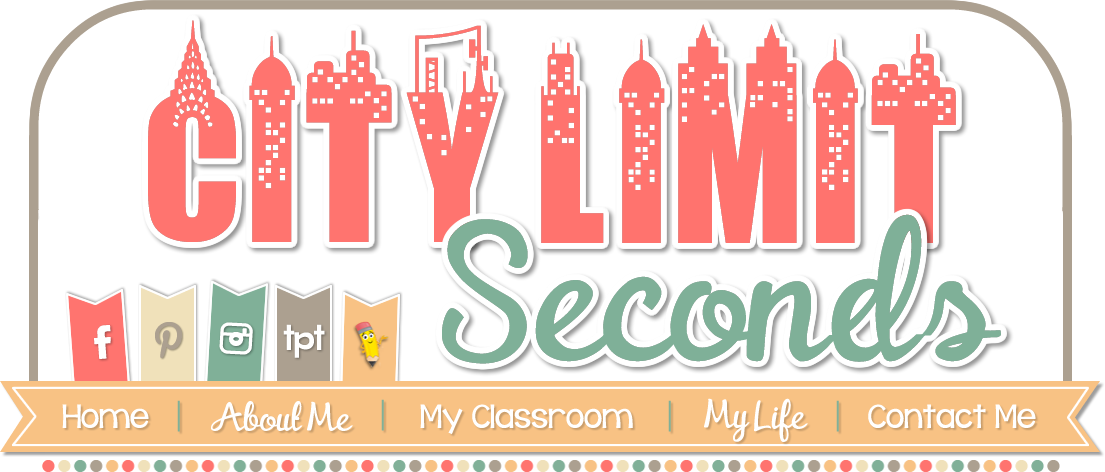 |
| {Click on the link to find the book on Amazon} |
Of course, the morning of our experiment we had a delay. Is anyone else tired of this weather! Whew! I am ready for flowers, baby chicks, and rain boots! I worked with another teacher on this experiment and we decided to mix everything ahead of time since we lost 2 hours with our students. I think making flubber ahead of time is key. The oobleck is much more simplistic and would be neat to show the students each stage. Between both lists, the majority of the ingredients can be found at your local grocery supermarket.
Ingredient List for Oobleck:
- mixing bowl
- spoon
- corn starch
- measuring cup (1 cup should do)
- water
- food coloring (optional, we did not use it on our oobleck to show the difference between the oobleck and flubber)
Recipe for Oobleck:
- 1 part water (we used cold)
- 1.5 to 2 parts corn starch
- food coloring (optional)
- Put the water into the bowl first and slowly add the corn starch into the mixture. It will get difficult to stir so a strong spoon is important. (Or just use your hands!) If it is too runny, add more cornstarch. Add food coloring if you choose.
- Pour any excess water out of the bowl.
- It is not advisable to put these into baggies for the students. If you want groups to share than I would suggest smaller Styrofoam bowls for them to keep at their tables.
The fantastic part of oobleck is it completely disputes the theories of solids and liquids. If you smack the oobleck it is hard and unyielding. If you touch it it's soft. Inside the bowl it appears to be a shiny solid. When you tilt the bowl it runs like a liquid. The kids were mesmerized by the substance. Relating to the story, it was now understandable why the people were stuck and no one was able to sound the alarm to warn the town of the magicians creations once the oobleck began to rain from the sky. I did not allow them to take this home because it is difficult to keep from squeezing out the sides of the plastic bags.
Ingredient List for Flubber:
- mixing bowl
- spoon
- spatula
- water (hot and cold)
- measuring cup
- teaspoon
- food coloring
- glue (we used Elmer's but I'm sure any would work)
- borax
- Ziploc bags (we used the kind that had the plastic slider)
- plastic cups
- Empty a new 8 ounce bottle of glue into the bowl.
- Take the bottle of glue and fill with warm water (you can screw the cap on and shake a bit) and pour into the bowl.
- Add a few drops of food coloring.
- Mix a half cup of warm water into the plastic cup and add a teaspoon of borax to the water.
- Slowly add the borax/water solution to the glue/water solution. The borax will make the mixture "sticky and flubberish". Depending on your preferences, you may add more borax to make your slime just so for your little scientists.
- If there is any excess water you can pour that out.
- Break the flubber into pieces and put into the baggies for your students.
I created a Venn diagram for the students to compare both mixtures based on texture using adjectives since we have been working with them this week. A fantastic activity even if they were quite wound up! (Maybe do this at the end of the day!!)





Great, but you can make it more like flu bet if you one cup water to the glue.
ReplyDeleteThanks for the tip! I will have to try that next time!!
ReplyDelete